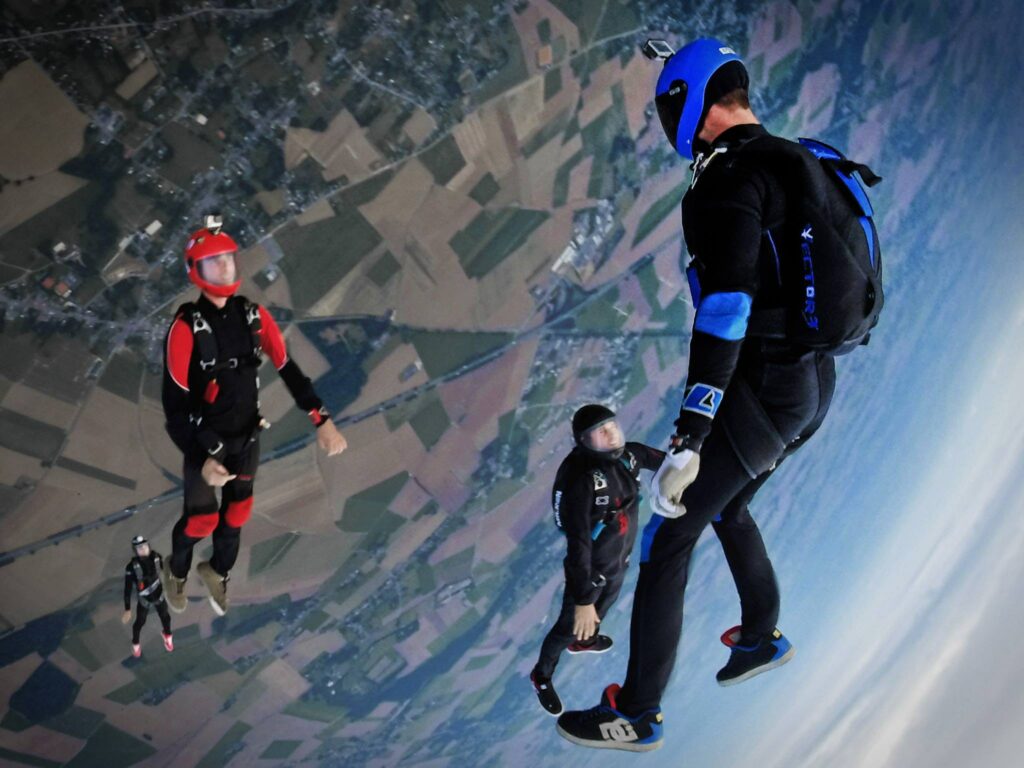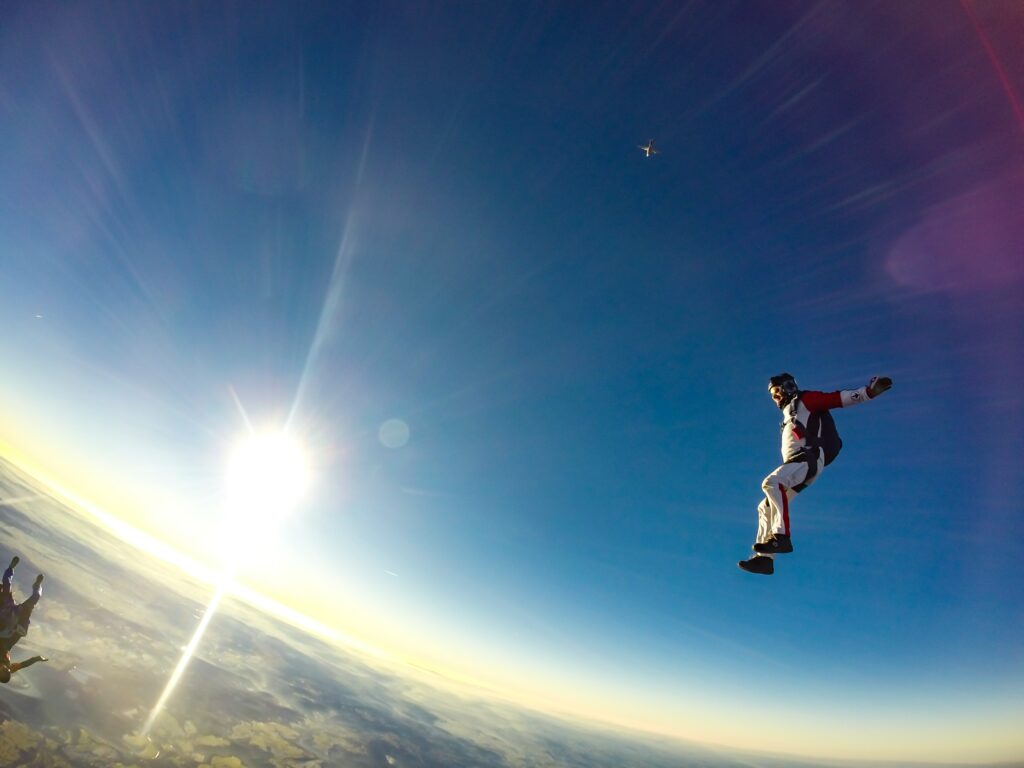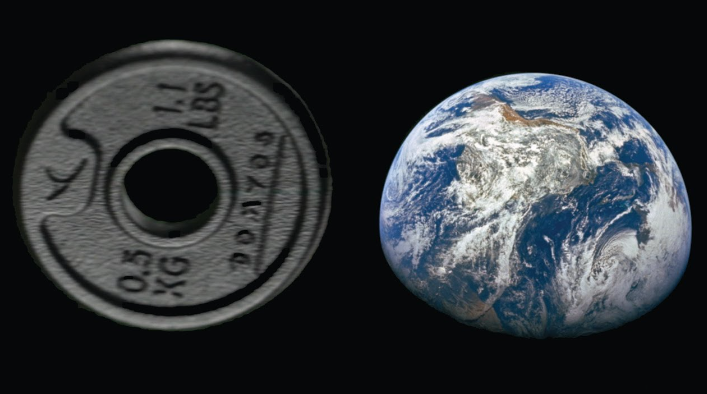What do you know about free fall?

In free fall, an object falls vertically from a certain height, neglecting any type of friction with the air or any other obstacle, it is a uniformly accelerated rectilinear motion or a uniformly varied rectilinear motion in which the acceleration coincides with the value of gravity. Or it is that in which a body experiences when it is only subjected to the action of gravity, and which involves a vertical descent. Hence, this definition excludes falls influenced, to a greater or lesser extent, by air resistance, as well as any other that occurs as a consequence of the presence of a fluid.
In a vacuum, the acceleration is constant, and it is the same for all bodies, regardless of their shape and weight. The presence of fluids, such as air, for example, tends to slow down this movement, making the acceleration depend on other factors, such as the shape, weight or density of the body.

The acceleration in free fall is the acceleration due to gravity, which is approximately 9.81 m/s2. If the movement is downward, the acceleration value is positive, while if it is a vertical ascent, this value becomes negative, since it constitutes a decelerated movement. Vertical ascent is called vertical throw, and refers to the movement in which an object is thrown in a straight line upwards.
Common sense tells us that a heavy body, for example, a hammer, should fall faster than a light body, such as a feather, however, common sense is not correct on this occasion. The fact is that if the feather and the hammer were in a vacuum, they would both fall at the same rate. When they are not in a vacuum and the air is offering resistance to these bodies, their effect is more evident on the plume, which will reach the ground later.
If you are not convinced of what we have just deduced, watch the following video in which astronaut David Scott, commander of the Apollo 15 mission, drops a feather and a hammer on the lunar surface, where there is no air that offers resistance to these bodies and at the same time let’s do the following practice that will allow us to experiment with the concept of free fall.





Responses